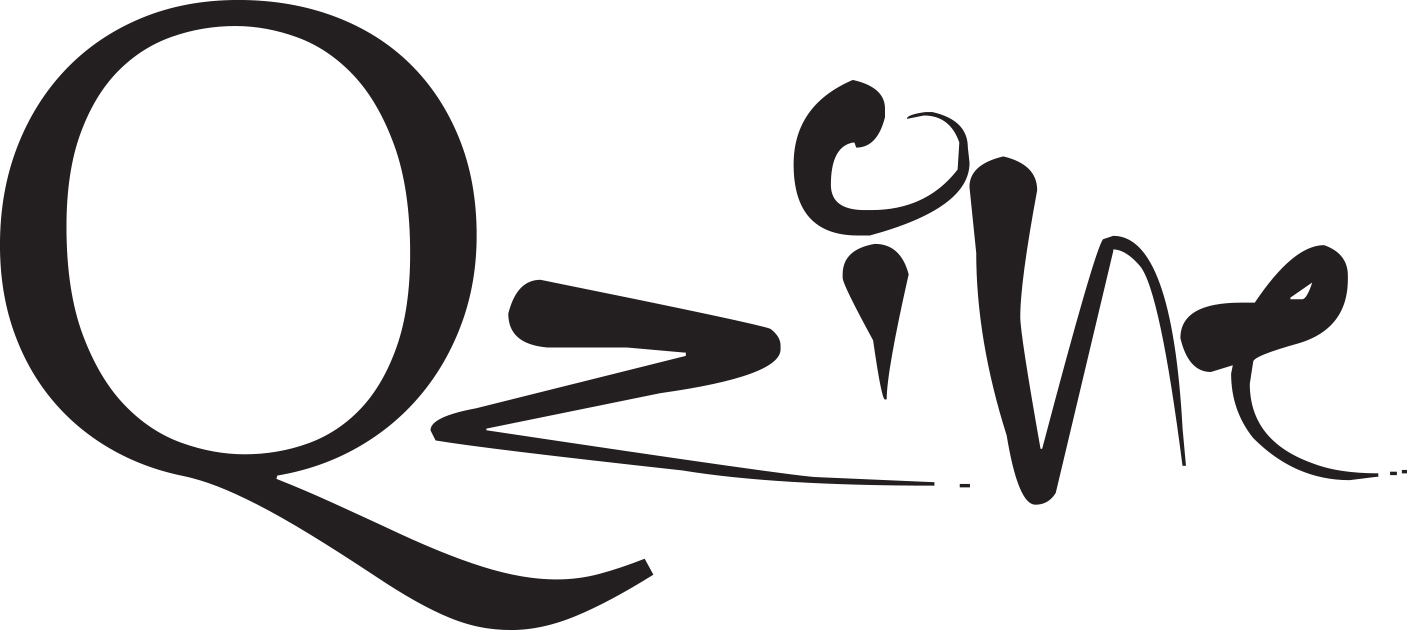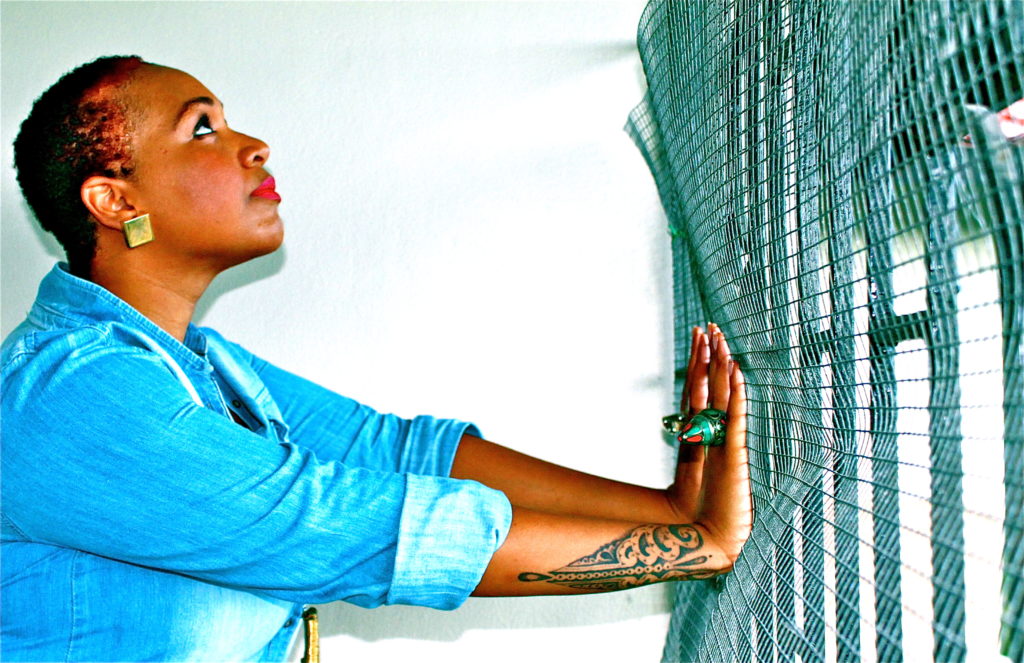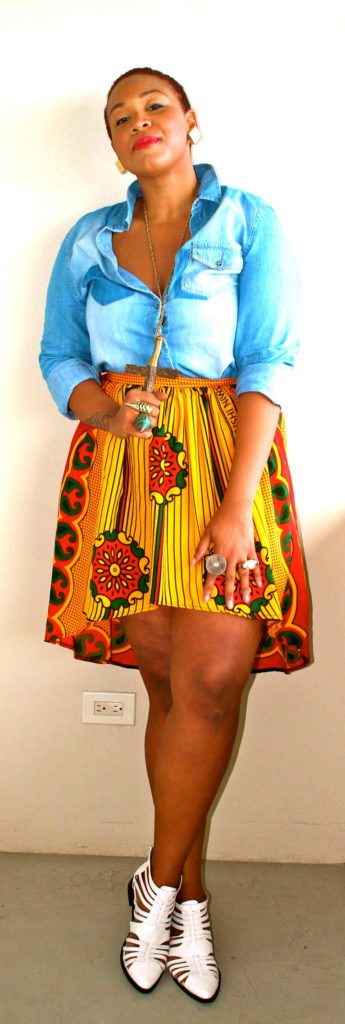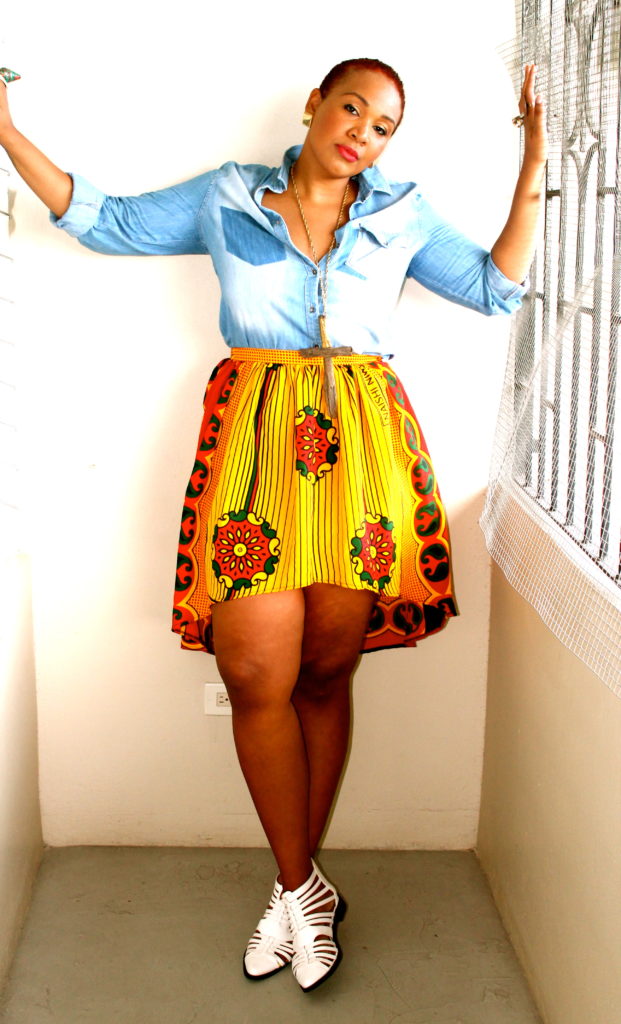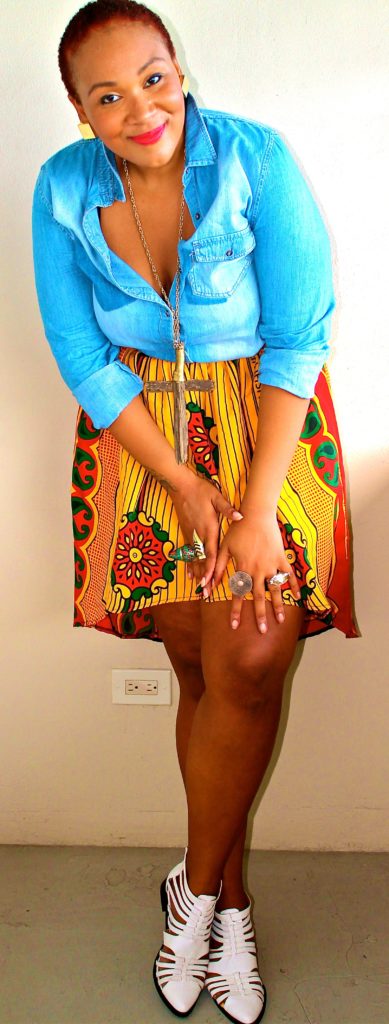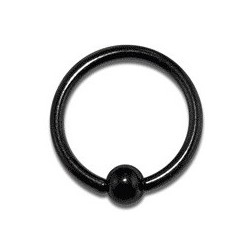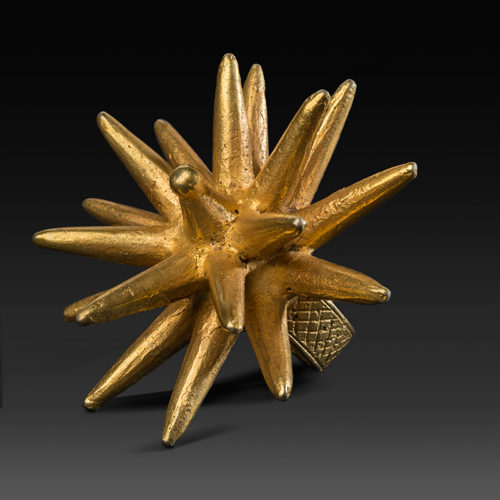I am a Masisi
Profile of Charlot Jeudi by Cases Rebelles. Photos by Giulio d’Adamo
I’m a masisi as I like to say. Since I was young I’ve had feelings for boys but it’s something that’s always tough to say to those closest to you.
For a while I played the make-believe. By make-believe I mean hetero-normativity imposed by society, and that I myself as a masisi, a homosexual, I had points of comparison and thus I moved to fit in at least in the pretente of a straight life.
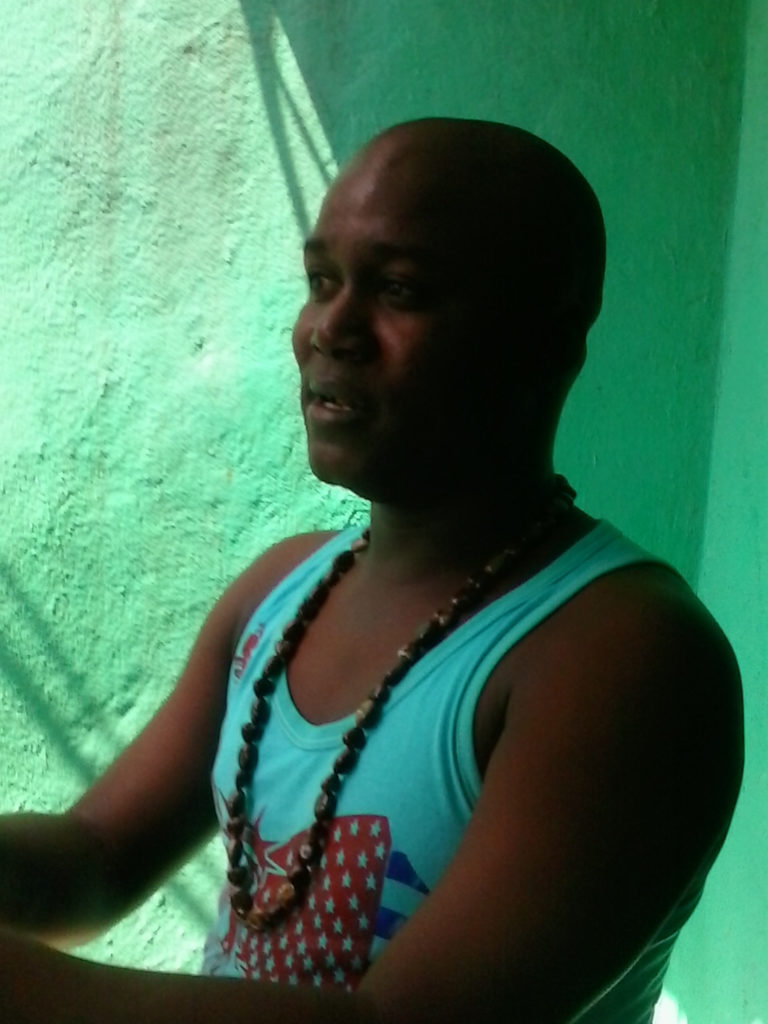
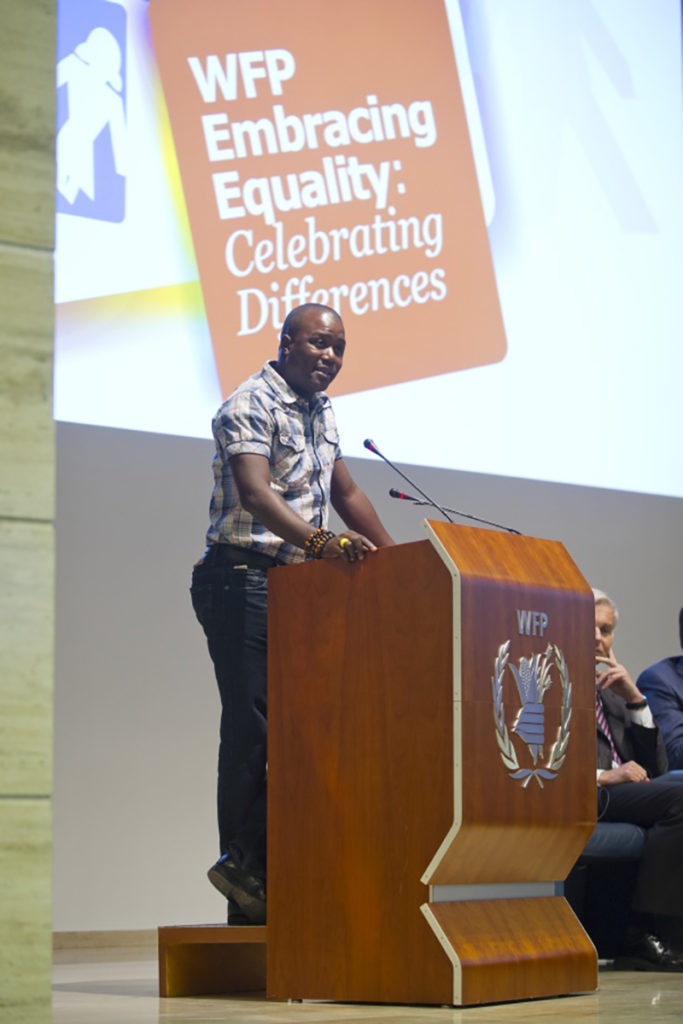
Whenever out in the open in my community I played this role, but at home I actually behaved quite feminine, I would clean the house – though it was never a big deal. But with my friends however it was always, “come on my dear, you really need to act like a boy. Why can’t you walk like a man? You aren’t some little girl and you shouldn’t sit around playing jacks, playing jwet kay, you shouldn’t play jwet pench, play hopscotch and skipping rope…. It’s not right!” I knew how to play all those games, that was how I occupied my time. Afterwards though I started playing soccer with the other boys, I took my place in the comedy even if I then snuck off and played jacks with the girls on the roof so as not to be seen. But in the open I played soccer to prove that I was in fact a young boy.
I could also dance well. Because dancing was for me the first form of expression I ever knew and when I was dancing I could be myself. Then dancing wasn’t really even about the movements but about how I felt while dancing.
I was born in Port au Prince and grew up there. I was raised in a working class neighborhood, Martissant, which was a tough environment and had about every social problem imaginable – insecurity, power cuts, dirty water, under-development problems in general. The only privilege that I had in that neighborhood, that my family could afford, was that I was sent to school, I received an education. This gave me a great sense of responsibility in a several areas and pushed me into social organizing.
I always ensured that I cultivated good relationships with those around me – it helped me hugely. Even if I couldn’t get close to someone, I would make sure that I at least understood him or her. To be able to evolve in the environment in which I was born. I came to feel that I inherited a neighborhood, a community that had been rundown by a lot of violence and conflict. I saw that there wasn’t any interest in…. well, I witnessed too much violence and too many victims of that violence. And it created in me a belief in living together, a sense of solidarity that could create unity among people. And in my neighborhood everyone know who I am.
I never denied my homosexuality in my neighborhood, at home, in my family. That was never a problem. I remember at 18 years old I went to see my mother and I told her that I liked boys ; my mother just responded : “the most important thing, Charlot, is that you stay in school.” I was always educated thanks to my mother, father, sisters and brothers. That’s how I was raised and it instilled in me confidence. It is the thing that allowed for self-confidence, self-assurance and a sense of self-worth in me. I was a lucky kid in this sense since I was shielded from the horrible things that my gay friends experience or went through in the past. I was kept secured this way. And as I wanted to be an artist, a leader and that I would needed to gain certain skills, certain qualities as a person to be those, there was no place to be shy, I needed to be able to conquer people, and these desires ultimately gave me even more confidence.
So I took all of this to heart to at least be able to tell myself that I wasn’t any dumb masisi but one who went to school. This hit me like a strong stimulant and gave me the tenacity to move past all that held me down. I grew even stronger when I ultimately made other friends – Nicolas, Pouchy, Eyrol, Pierson, Richard, Rudy, Toto, Jeanjean. I had a group. A group of friends who were also gay living in this same neighborhood and so at least were never too far away. We often hung out together. And often other friends, whether we would be in Petonville, Delma, Kwadebouke, who would throw parties and gay activities. And we could coordinate amongst ourselves and attend together. Parties, events, beach days : we went to them all.
I am not religious even if I was raised in a practicing Catholic family, I’m ok with voodoo but I don’t practice it on regular basis. I actually like to participate in voodoo ceremonies but I am not very adept at them.
Though there were times, that to accept my homosexuality in the beginning, I would pray. I would go to church to pray. I would say “Jesus! Mary! Joseph ! What is happening to me? Who am I? What am I? How did this happen to me? Samuel, what is this?” Then I would turn to the loas. I would look to my father and mother – my mother didn’t understand these things, even if my father would worship the loas. Ever since I’ve known my mother she has never once mentioned going to a voodoo dance or spoke of getting ready for one. Same with my father. As I grew up I continued to pray but at one point told myself that if I’m going to make peace with myself I need to keep religion at a distance. I did my first communion, I was baptized but I then created that distance. I used to take the host, then I stopped.
It was an obligation every Sunday to go to church but I decided that if I wasn’t feeling like going or wasn’t available I didn’t go, you know. Also, I had a very good school director who told us “You are all valuable”, that was Emmanuel Puteau, former Minister of National Education who said that we were all valuable. I am capable of conquering – I am capable of influencing. Something had clicked in my head.
What makes me happiest is to be able to tell society outright “stop your discrimination”. That is the pleasure I take everyday, being myself, showing the rest of society “here is my dear by my side”. Whatever they may say or do, whether it upsets them or not. Way an! (Go to hell!) For others, happiness would be to just leave. But that doesn’t interest me. I’ve had 5 exit visas and I’ve left and returned. I’m not interested in leaving. It isn’t something I strive for and packing my bags would truly be my last resort.
Happiness, where I come from, are things like those neighborhood entertainment and days at the sea, those things that don’t cost a lot because otherwise we’d have had nothing. We can’t let ourselves go to a T-Vice concert that costs $200. We are content to go out and take part in an event ; some of us in trade, some working in a factory, some in a restaurant, but always coming back together to sit with our friends and have a drink among friends. We talk, etc. In a small group before heading back home. That is what makes us happiest! Do you understand?
